Description
Boy Meets Boy 2008
13min | Short | 20 September 2009 (Japan)
User review:
Boy Meets Boy is actually a silent film, which means that there is no character dialogue, though of course there are words in the songs. The film is about a young school boy named MIN-SOO (Kim Hye-sung) who loves photography, and is gay. The story revolves around the meeting of a potential love interest who turns out to be connected to Min-soo in a pretty interesting way. The potential love interest is SEOK-I (Lee Hyun-jin) who seems a little rough around the edges but still manages to show his soft side.
The two together are just adorable, and despite there being no words, there is still this inherent chemistry that I think works on all levels. If for nothing else, I would say to watch this movie just because of the main characters, although the story itself is cute and in a way romantic.
Of course being a short film with no dialogue poses two challenges. First, how do you get audiences to know your characters? Second, how do you establish the relationships between these characters? Luckily, well-known and openly gay director Kim Jo Gwang-soo is truly brilliant and gives us exactly what we need to know using looks, stares, expressions, body language and of course our helpful inner thought fairy (Yeh Ji-won).
So let us talk about the fairy for a little bit. I know without a doubt that some of you who watch this will be saying “what the heck was that about?” I was caught off-guard the first time I watched this shortie (my nickname for a short film), but after watching it again, it made sense. It was a purposeful over-the-top illustration of the inner thoughts of someone who falls in love for the first time. In fact, the fairy’s presence is kind of similar to some anime that portray the inner thoughts of their characters through explicit imagination segments.
The fairy herself is simply the outward projection, a symbol, of what Min-soo is probably thinking about. Worries, fears, excitement, eagerness, and expectation are all coursing through his body all at once. So director Kim simply makes it a point to be very literal with the whole extreme nature of the circumstance by including this seemingly annoying and ridiculous fairy. I actually still laugh when I see her pop up, but I understand her purpose and without her the film would not be the same.
Aside from the fairy shenanigans, we also have this interpretive cartoon which is so old-school that you can’t help but find it endearing. I thought it was actually pretty clever to include it in the middle of what I would call a beautifully captured film to kind of illustrate innocence and naiveté in this new relationship. The colors are really bright and the music is cheesy and the figures are childish but it adds to the whole idea that this is a new experience for the character.
In fact, I remember reading an article about this film that stated that Director Kim based this story off of his first love experience. This tidbit of information actually made me appreciate the film even more. The fact that it is based on reality makes it all the more engaging.
Music was also a key factor in this shortie. The music in the fairy’s part was kind of corny but elsewhere in the film it was strategically chosen to enhance the mood and tone of the film. There were even parts of the film where the music and characters movements corresponded, such as the walking scene pictured above. I thought the use of music as an enhancer, as opposed to a detractor, was skillfully done.
Obviously there were symbols — probably the most prevalent one was the roll of film. If you notice, the roll of film is constantly moving. Whether it is rolling down a flight of stairs, rolling on the bus floor, or being passed from person to person, it is in a state of constant motion. I think that the film roll kind of represents fate or even life in a way. It is the thread that connects all of the characters, and similarly connects all people. Life is always moving, always changing and we must change along with it.
Cinematography was pretty well done in this shortie. The film was masterful at setting up crucial scenes via angles, viewpoints, and character placements. I loved the scene where the characters were walking away from each other and the camera literally zoomed in on Min-soo’s face with Seok-i in the background. Talk about piling up the angst even with no words!
And on the subject of no words I do have to say that the main actors were really good at expressing what they were feeling using only their, well, expressions. It must be quite difficult to portray a character using only body language but these two young actors did a great job. I could definitely tell there was a change in Min-soo over the course of the film; mainly it seemed he grasped his courage.
Finally we get to the themes and morals. I actually was a bit disappointed in the fact that the movie did not try to take the potential opportunity of showing gay life in Korea to another level, but I realize this was only a short film. I did appreciate Director Kim’s ability to portray something that is kind of taken for granted in a lot of dramas and movies. First loves are as common on television as they are in real life, but this film demonstrates first love for a group of individuals who are constantly told their love does not count or is in fact wrong. I thought it was, in a way, a hopeful message encouraging those whose love differs from the norm to keep fighting.
I thought the exploration of violence, in terms of individuals who do not like gay people, was well done, but it could have been better. Overall though, I think the main point of the film was to show a connected similarity between heterosexual and homosexual emotion. Gay people feel pain, sadness and even love the same way other people do, the only difference is the gender of the one they love.
Director: Jho Kwang-soo Kim (as Jho Gwang-soo Kim)
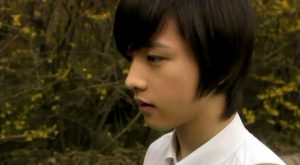

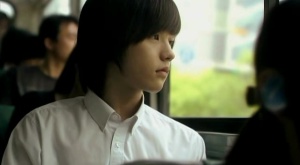
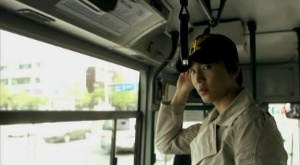

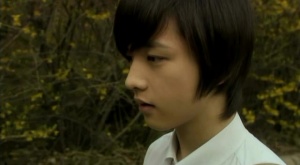

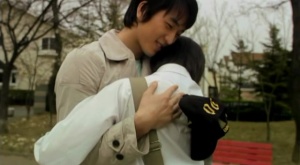

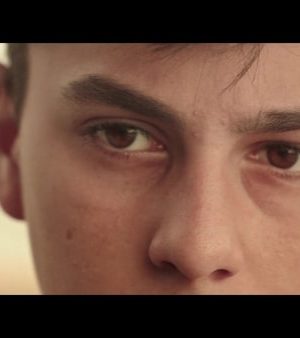
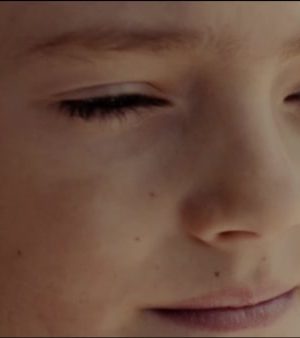

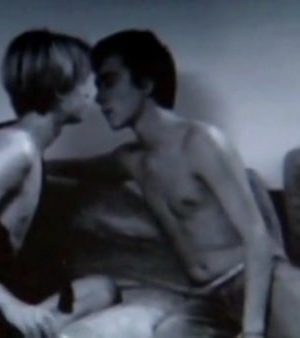




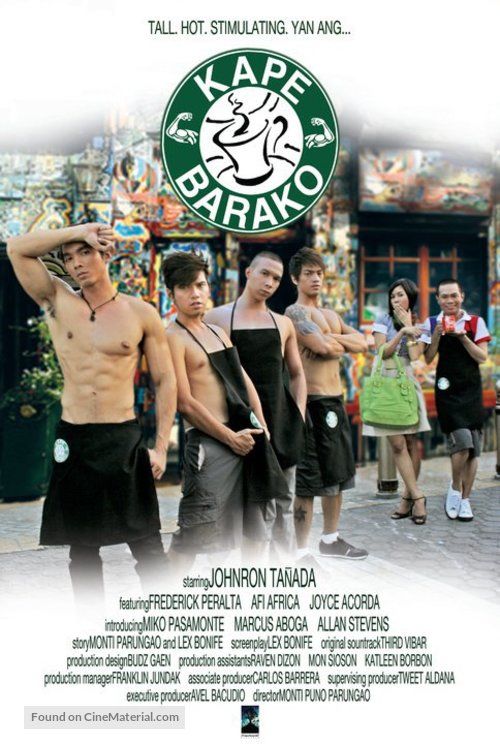
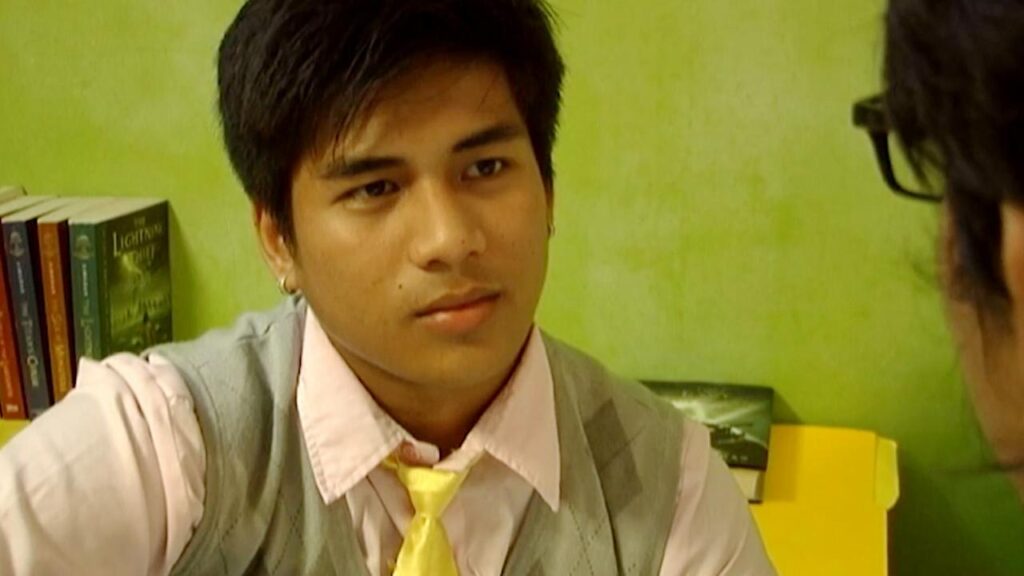

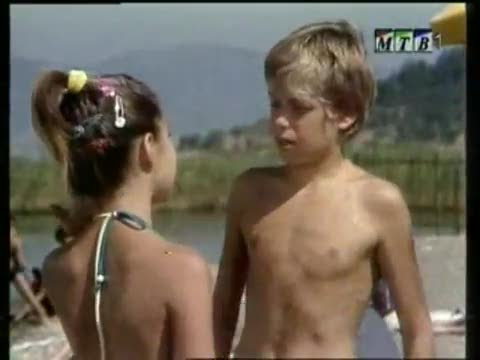
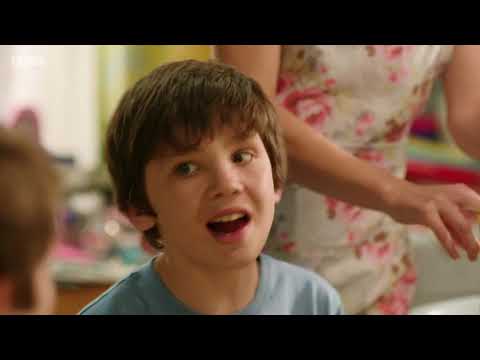
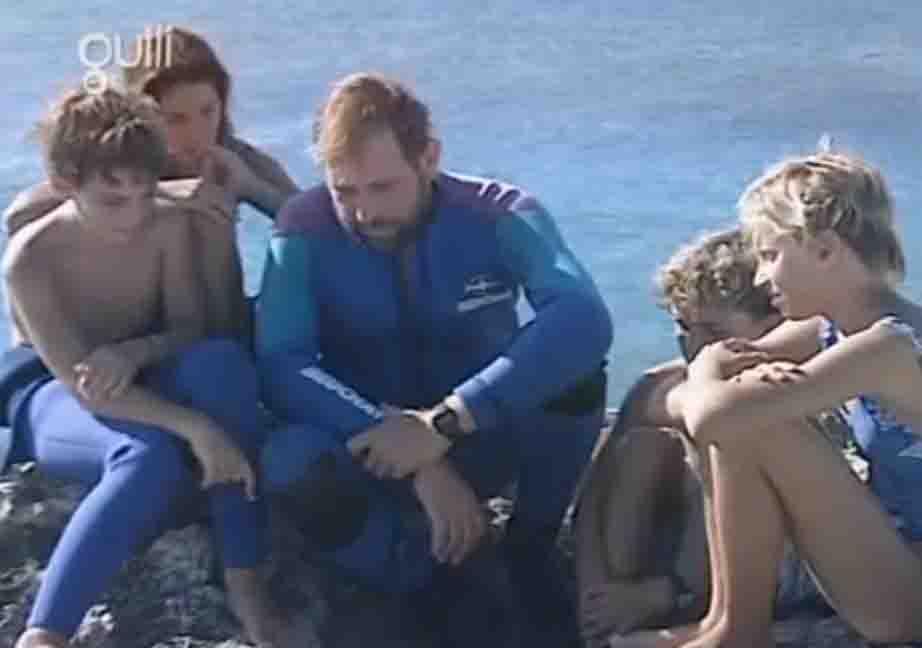


Reviews
There are no reviews yet.